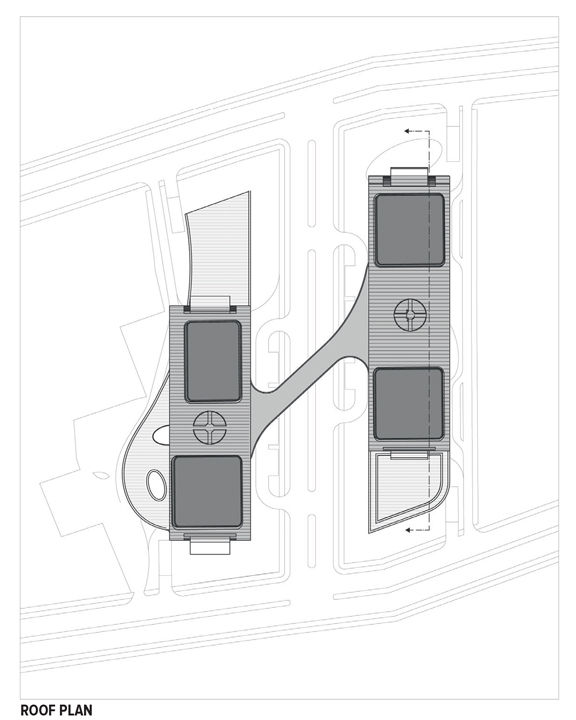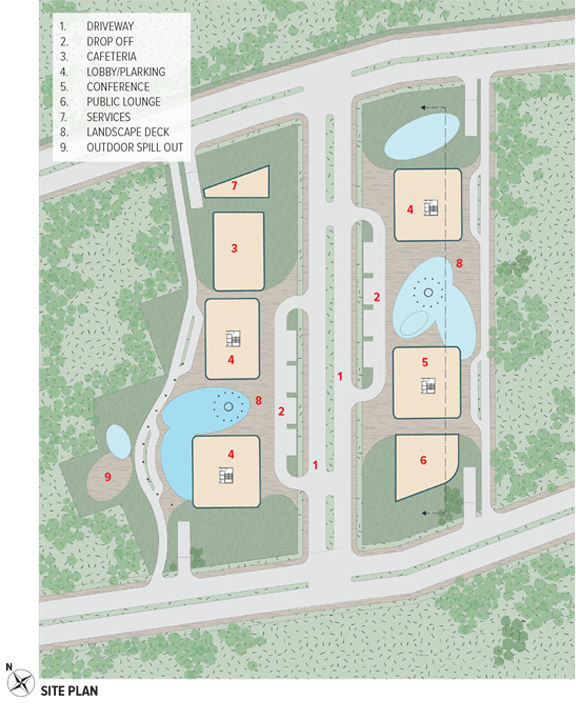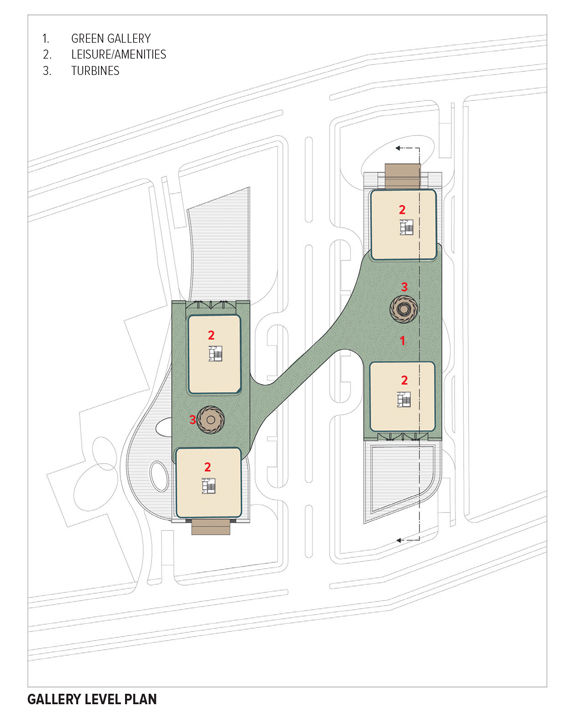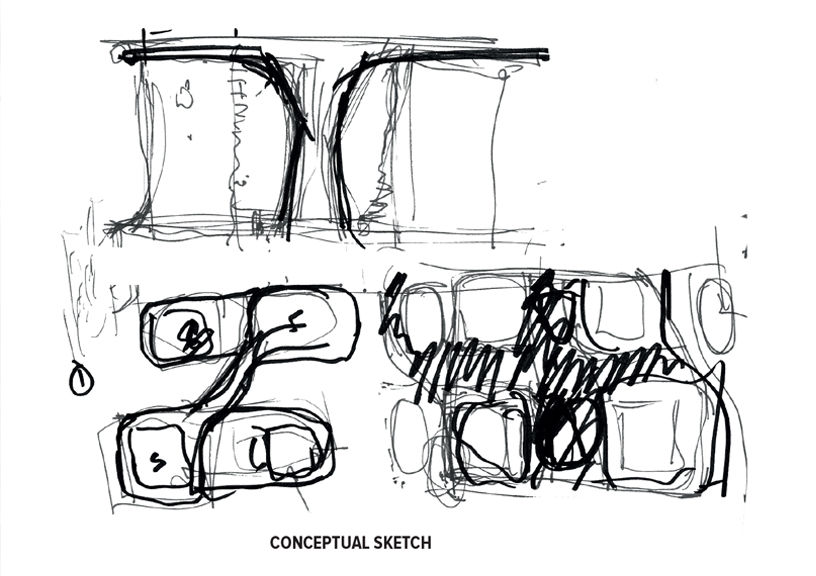The design of the project designed by Ground 11, Pune & VIDA LA attempts to re-frame a fresh perspective on sustainable lifestyle in architecture and urbanism.
“Green is cool. I mean, all the projects which have, in some way, been inspired by that agenda are about a celebratory lifestyle, in a way celebrating the places and the spaces which determine the quality of life…” —Norman Foster (DLD conference Munich, 2007). This excerpt from a talk given by one of the seminal architects of our age, is in a way a fitting introduction to the design of the project, which is essentially designed as a celebration of a sustainable lifestyle in architecture and urbanism. The green agenda has been long relegated to being a technical overlay on traditional architectures, and hence, this design attempts to re-frame this discussion by offering a fresh perspective on the subject. The essential sustainability principles of the design, then, are: Social sustainability; Sustainable energy generation and use; and programmatic sustainability.
Social Sustainability: The notion of an urban gateway is key to the creation of a structure that helps promote social interaction as well as create an iconic structure in this context. This gateway is, in essence a bridge connecting both wings of the office building. By forming a multi-level public space, the nature of interactions between these two office volumes is enhanced, and hence, forms a new layer of social sensibility.
Sustainable Energy Generation: The existing wind patterns were studied on the site, and the placement of these building masses were carefully calibrated to maximize wind draft and wind turbines placed at these locations of maximum draft. Two ‘lanterns’ are created, that house wind turbines for passive generation of electricity. These state-of-the-art corkscrew wind harvesters are housed in this mesh structure for maximum efficiency and visual impact.
These ‘lanterns’ are also used for harvesting rainwater and facilitating greywater reuse in the building by creating an efficient system for collection.
Lastly, the facades of the building that have maximum solar gain are ‘wrapped’ in a perforated membrane, that reduces direct sunlight inside the office spaces, and forms a layer for passive insulation to reduce heat gain. Green terraces are designed to maximize shade inside the office spaces by cutting down on direct sunlight, but also maximize views.
Programmatic Sustainability: The strategy with the programmatic mix of the complex is to offer maximum flexibility without compromising possibilities for expansion. Hence, the two towers are designed with a floor plate that is optimum for leasing purposes, but are also interconnected to facilitate a maximum number of permutations and combinations. Hence, the campus is poised to be a literal beacon of sustainability in the region, but also one that can be an essential prototype that can be implemented in various other contexts but using these essential principles of sustainability.
Pranav Iyer, Design Principal at Ground 11 Architects and cofounder and design director of VIDA Design Inc, Los Angeles and G11 Addis, graduated from the Institute of Environmental Design,Gujarat, in 1998, and started a design practice in Pune, followed by VIDA in Los Angeles and G11 Addis in Ethiopia. Some of his most challenging projects include a war memorial and public square in Hargeisa, Somaliland and a mixed-use development in Tirana, Albania. G 11 thrives on a state of flux whereas most design moves towards the safe.
Factfile-
Project: Hyderabad Vertical Campus
Architects: Ground 11, Pune & VIDA LA









